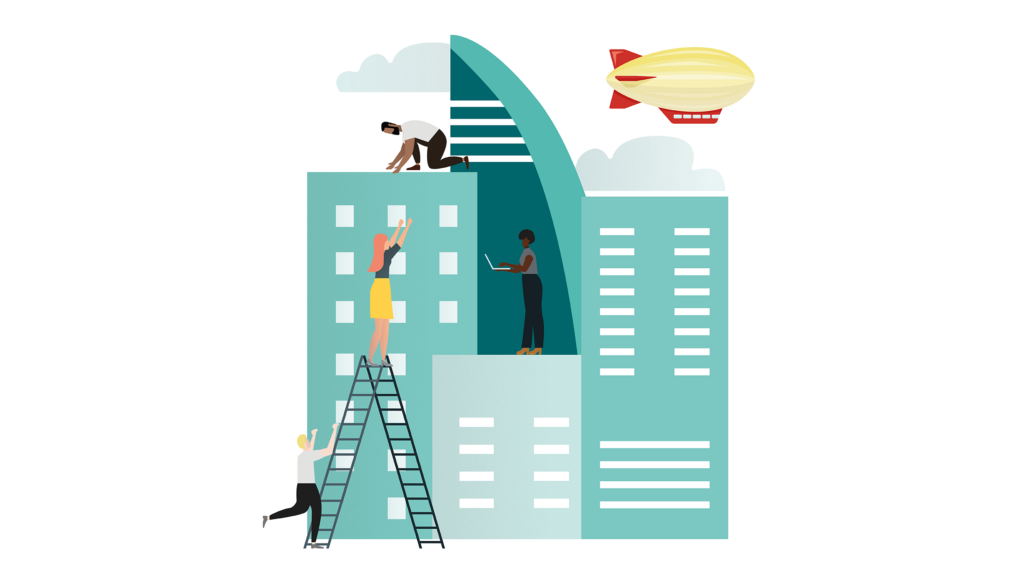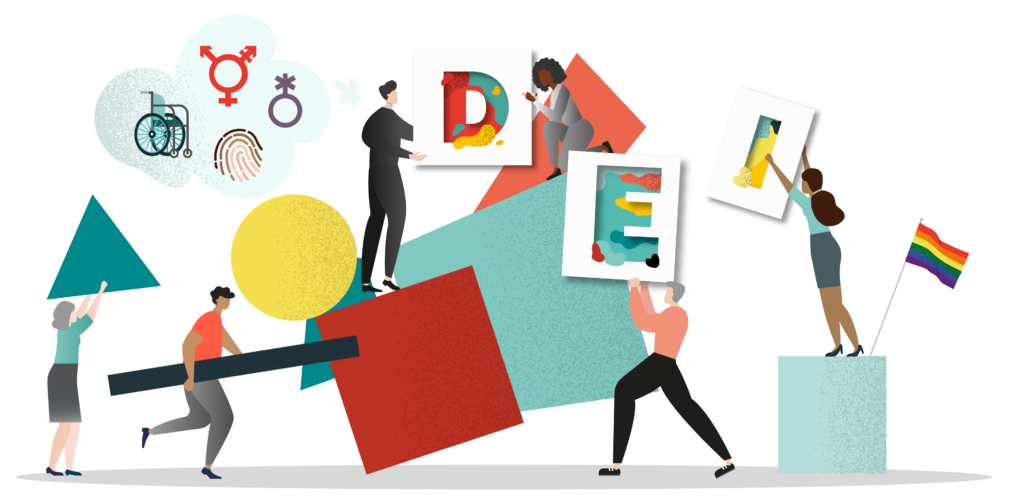Why is everyone is talking about Diversity, Equity and Inclusion?
DEI (Diversity, Equity and Inclusion) is pivotal to the success of any business because it is about people, and people lie at the heart of a business. By now we all know no business can thrive without prioritising the people who work in it, and they will in turn prioritise the customers who buy their products and services. In recent years, there’s been a global conversation to build diverse teams, support social justice movements and build an inclusive world and workplace. With the onset of the COVID-19 pandemic, the conversation for this has become even more pronounced.
Emerging from the post-COVID world conversations on workplace inclusion are now more prevalent than ever according to a McKinsey article. Companies are in the midst of The Great Resignation, a phenomenon coined by Anthony Klotz, Organizational Psychologist at Texas A&M University, that speaks to the millions of people who have quit their jobs during the pandemic. After a turbulent two years, many employees are searching for a better work-life balance, flexibility, and inclusive environments, seeking respite in companies where they can find meaning and purpose.

In a recent Forbes article, talent-acquisition provider Jobvite carried out a survey of 800 recruiters and HR professionals, the results of which showed that priorities and expectations surrounding work have clearly shifted in the last two years. 44% of those surveyed said that candidates have turned down an interview or job offer due to a lack of diversity in the company’s workforce, and that nearly half of job seekers are inquiring about DEI initiatives – up by 16%. What is clear is that today’s workforce are insisting on better DEI practices, right from the very start of the employee lifecycle.
Additionally, the social and business response to the COVID-19 pandemic shone a light on the many failings of some companies. Whilst some companies moved with unprecedented agility and speed, adjusting work practices, and providing tools to allow employees to work from home safely, others could not. Not because they had no desire, but because they had not started their DEI journey and had no infrastructure, process or thought leadership in place. Whilst some businesses were able to support the most vulnerable groups with initiatives such as dedicated shopping times, additional customer service touchpoints and priority services, many lacked the maturity to think quickly and show up for their customers. When some companies offered an enhanced remote working experience and have since extended their flexible working approach, others had no plan. Despite there being a longstanding and compelling social, legal, and business case for the need to invest in DEI at work, many companies fell behind the curve during the pandemic and The Great Resignation.
So, What Can Leaders Do?
It’s easy to talk the talk, but you will need to walk the walk to truly build an inclusive workplace. Whether it’s reviewing antiquated policies, scrutinising your recruitment processes, or looking at your pay gaps, there ware many ways to level the playing field and lead with inclusion across a business.
DEI is a journey, and it all starts with the first steps.
Here are 4 early-phase steps you can take to start the journey:
- Step 1 – start discussions with your leadership to understand their approach to DEI in their teams, and ensure alignment with the company values and vision.
- Step 2 – engage with your employees through listening circles and focus groups to hear their everyday experiences and gather their feedback that will can help shape your strategic direction.
- Step 3 – work with your HR, DEI and leadership teams (and employee networks) to build a DEI strategy, DEI vision statement, DEI goal(s) and action plan. Add key milestones and actions across your employee lifecycle. Your strategy should be short term if this is the first time approaching the topic, or medium to long term if you are building on existing work.
- Step 4 – build a DEI community of interest with stakeholders who will own elements of the strategy, and contributory parties such as employee networks and interest groups to provide live experience and employee insight.
Making progress on DEI is a rich and rewarding experience for people, for companies and for customers and a vital part of any people strategy, sustainability initiative or innovation drive.
If you’d like to be one of the first to find out about NKD’s new Diversity, Equity and Inclusion toolkit get in touch today by clicking here.
Tolu is a senior DEI business partner and winner of the Ethnicity Awards Future Leader Award 2020. She is partnering with NKD to design our comprehensive Diversity, Equity and Inclusion Leadership and Learning Toolkit.
